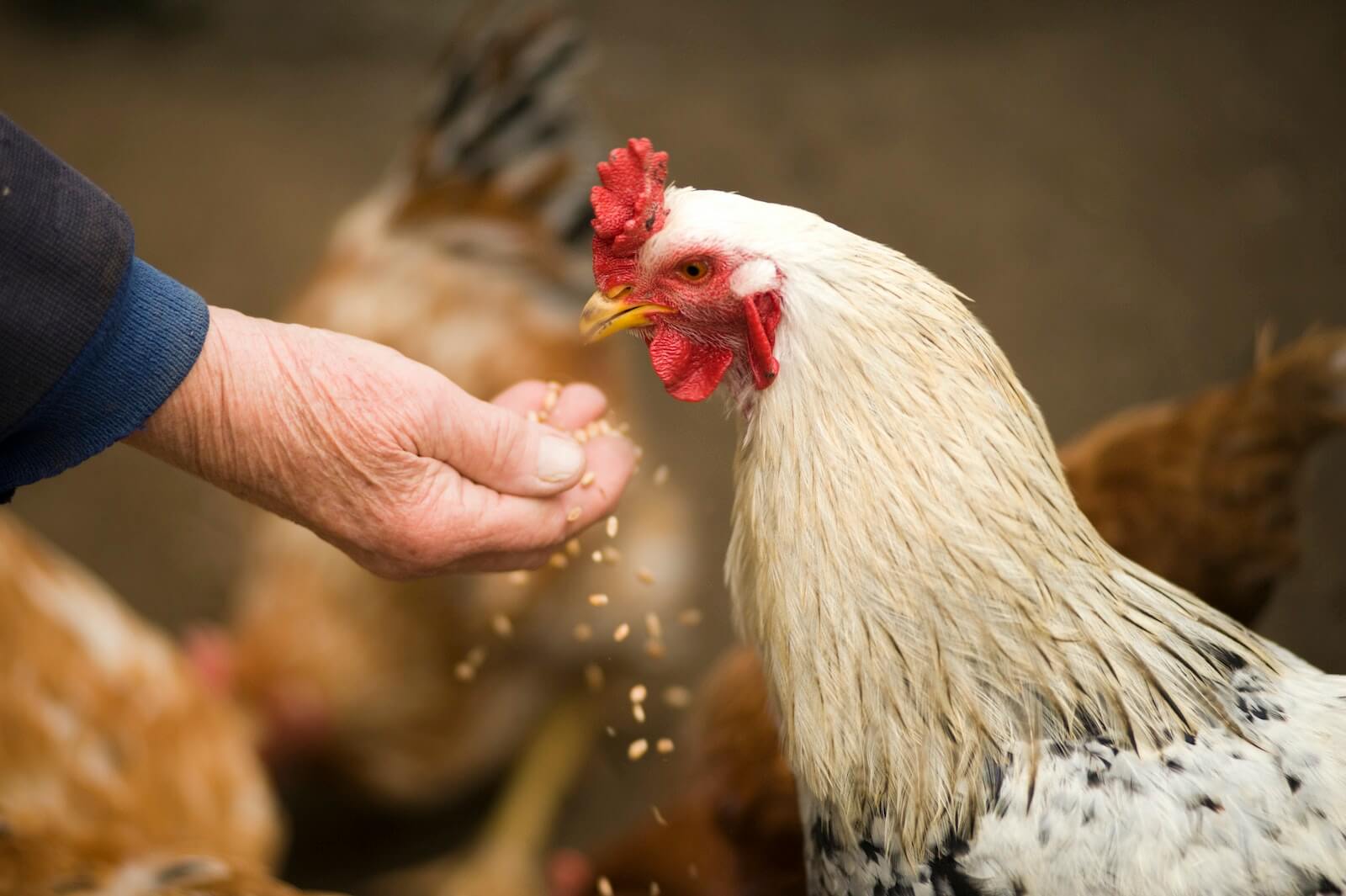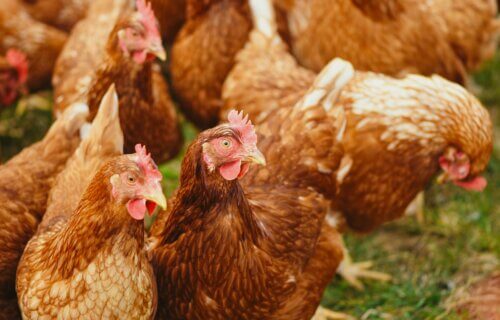BRISBANE, Australia — Many pet owners claim to be in tune with their dog’s or cat’s emotions. While many non-pet owners likely roll their eyes at these claims, new research suggests interspecies emotional communication may not be so farfetched after all. Scientists at the University of Queensland have found that humans can read the emotions of chickens by listening carefully. Study authors discovered that a group of people were able to determine if chickens were excited or displeased just by the sound of their clucks.
Professor Joerg Henning from UQ’s School of Veterinary Science explains the research team wanted to know if humans could correctly identify the context of calls or clucking sounds coming from domestic chickens, the most commonly farmed species in the entire world.
“In this study, we used recordings of chickens vocalizing in all different scenarios from a previous experiment,” Prof. Henning says in a media release. “Two calls were produced in anticipation of a reward, which we called the ‘food’ call and the ‘fast cluck’. Two other call types were produced in non-reward contexts, such as food being withheld, which we called the ‘whine’ and ‘gakel’ calls.”

Next, the study authors played the audio files back in order to test if humans could indeed tell the context in which the chicken made these sounds, as well as if certain demographics and levels of experience with chickens would influence these identifications.
“We found 69 percent of all participants could correctly tell if a chicken sounded excited or displeased,” Prof. Henning explains. “This is a remarkable result and further strengthens evidence that humans have the ability to perceive the emotional context of vocalizations made by different species.”
All in all, researchers hope their findings can make a positive difference for farmers and fowl alike. Prof. Henning speculates that the capacity to detect emotions in chickens through their vocalizations may help improve the welfare of farmed chickens.
“A substantial proportion of participants being able to successfully recognize calls produced in reward-related contexts is significant,” the study author adds. “It provides confidence that people involved in chicken husbandry can identify the emotional state of the birds they look after, even if they don’t have prior experience.”
“Our hope is that in future research, specific acoustic cues that predict how humans rate arousal in chicken calls could be identified, and these results could potentially be used in artificially intelligent based detection systems to monitor vocalizations in chickens,” Henning continues.
“This would allow for the development of automated assessments of compromised or good welfare states within poultry management systems. Ultimately this could enhance the management of farmed chickens to improve their welfare, while helping conscientious consumers to make more informed purchasing decisions.”
The study is published in Royal Society Open Science.
You might also be interested in:
- Our ancestors would be horrified to learn chickens are now food, study reveals
- Scientists turn scales into feathers — by tinkering with chicken genes!
- Why pets don’t really bring humans happiness nor improve their well-being

